Mysuru: The Karnataka State Natural Disaster Monitoring Centre (KSNDMC) in Bengaluru has submitted a report to Mandya DC (a copy of which is with SOM) regarding loud sounds and vibrations experienced in Mysuru, Mandya, Pandavapura regions surrounding the Krishna Raja Sagar (KRS) Dam on Sept. 25.
The high-intensity sound was heard on Sept.25 at 2.37 pm across Mysuru, Srirangapatna, Pandavapura and parts of Mandya and walls of some of the houses, window panes and vessels in the kitchen vibrated. The report has now pinpointed the cause of sound to stone quarrying activities at Baby Betta in Pandavapura taluk.
The report, signed by KSNDMC Director G.S. Srinivasa Reddy and submitted on Sept.25, has also recommended the Mandya District Administration to take precautionary measures to control quarrying and mining activities within 15 to 20 kilometres of the KRS Dam and ensure the safety of the Dam that is the lifeline of the region, Bengaluru and Tamil Nadu.
KSNDMC is the Nodal Agency in the State towards monitoring the seismic activity and quarrying activity in Karnataka and neighbouring States adjoining Karnataka. As per the data recorded at VSAT-Enabled Permanent Seismic Monitoring Station at KRS Dam premises, there was no seismic activity on the said date (Sept.25) but the sound emanated from Baby Betta Kaval stone crusher quarry area. Two blasts of varying intensities occurred at 14:37:21 (2.37 pm 21 seconds) and 14:37:27 (2.37 pm 27 seconds) with a time difference of just 6 seconds, the report stated.
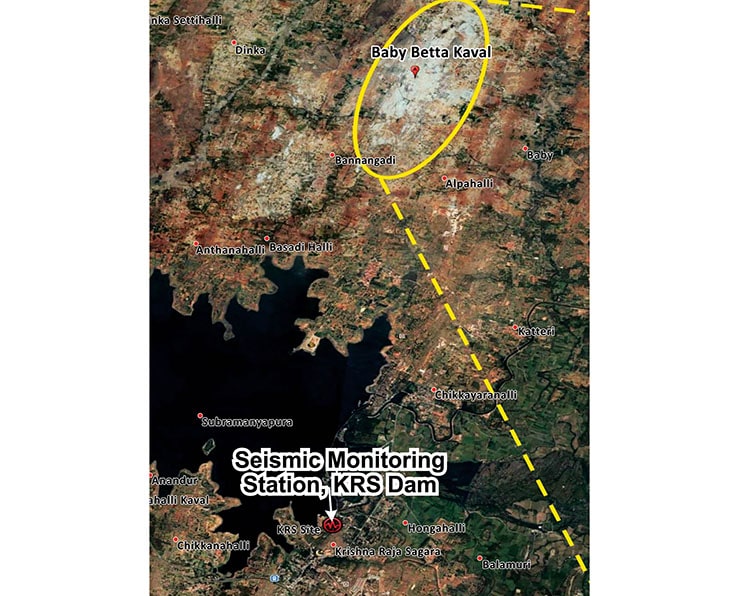
Picture shows the location of KSNDMC Seismic Monitoring Observatory in the premises of KRS Dam along with the location of a nearby quarry area at Baby Betta.
“Quarrying activity using controlled explosives will not create much damage and air pollution in the region. But uncontrolled explosives create lots of ground vibration, air pollution and further may also induce cracks in houses made of local stone and other material,” KSNDMC report observed.
The vibrations felt on that day are not earthquakes as they are not recorded in the next nearest earthquake observatories established at Gundal Dam, Thippagondanahalli Dam, Harangi Dam and Hemavathi Dam. Earthquakes generally evolve from greater depths and carry more amplitude and intensities and they travel huge distances as against quarry blasts which affect short distances (12 to 15 kms) from the place of origin, the report stated.
Mentioning a Supreme Court order that bans quarry blasting activity within a radial distance of 2 kilometres from the location of any major dam, the KSNDMC authorities have asked the Mandya District Administration and the Irrigation Department officials to check the KRS Dam regularly in structural point of view and in terms of fractures and other civil-related damages.
“These damages must be rectified immediately as the Dam has already seen 80 years of service as an important and the only source of drinking and irrigation water along the Cauvery Basin. The State Dam Safety Committee, in co-ordination with the District Administration, need to inspect/ survey the area within a radial distance of 15-20 kilometres from the Dam and propose a plan to regulate any activities which can harm the Dam structure in the longer course of time,” the report stated.



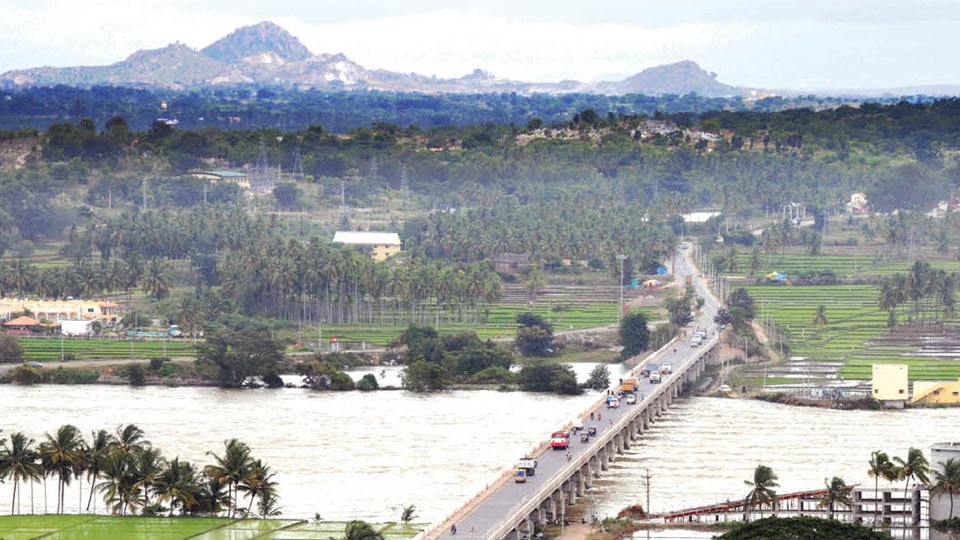

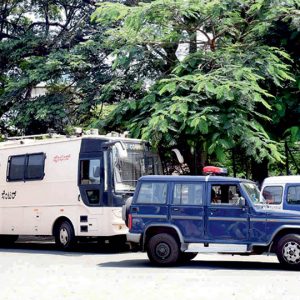
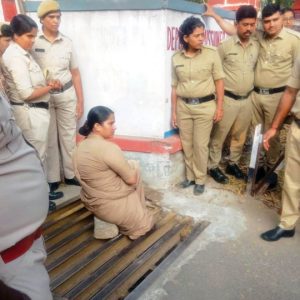
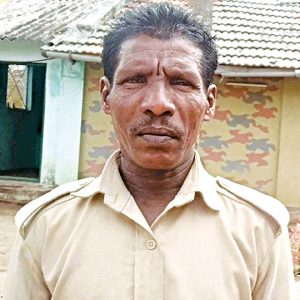
Recent Comments